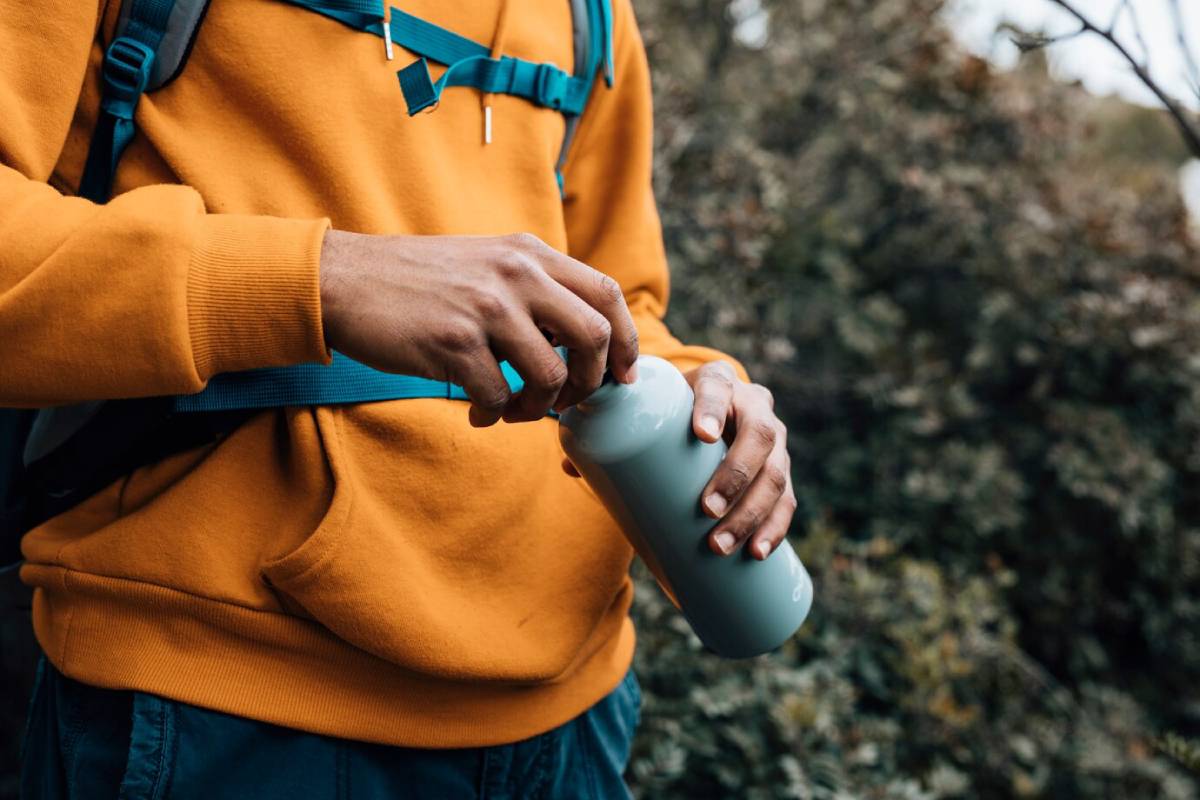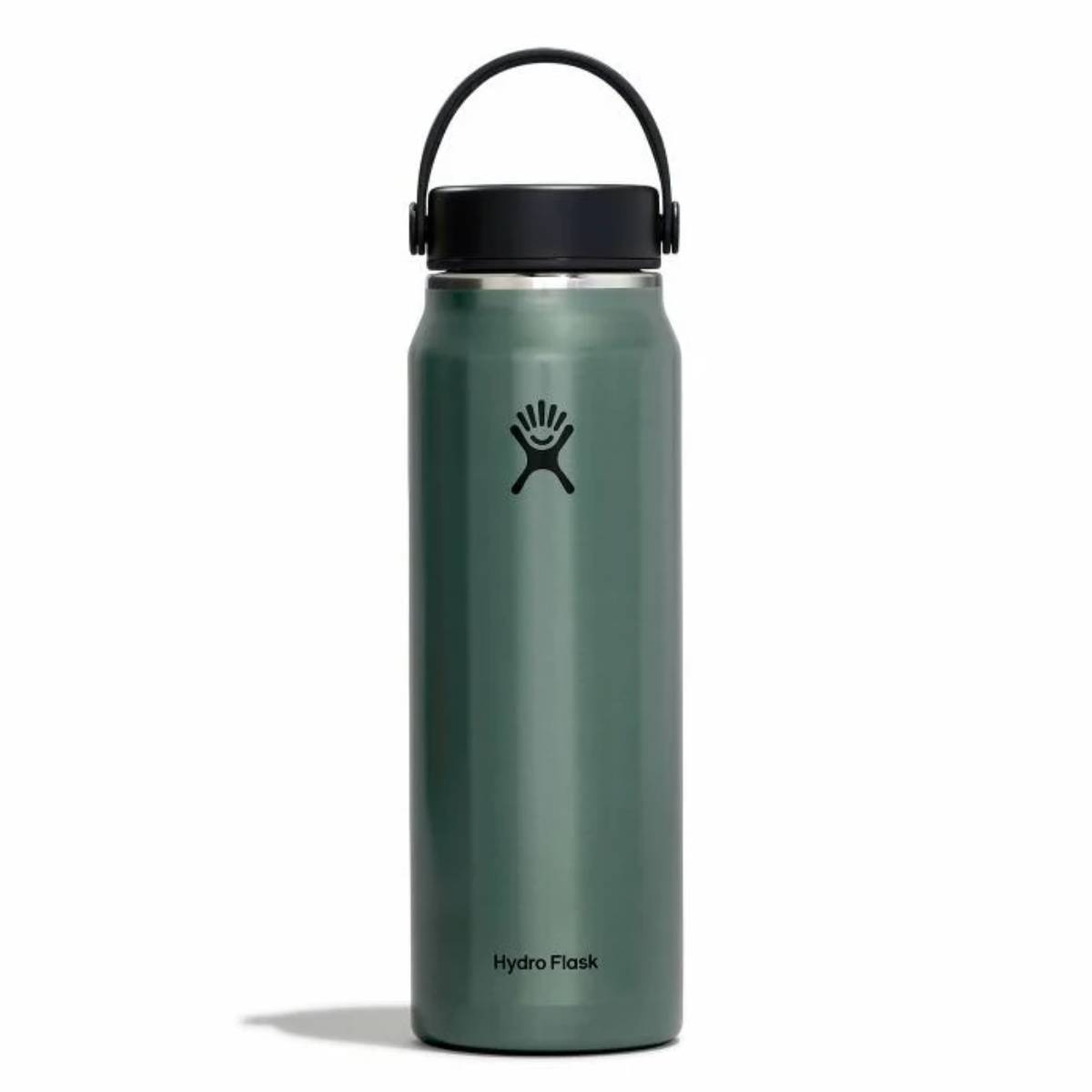
Reusable Water Bottles: Stay Hydrated Sustainably
Travelling is an adventure, filled with breathtaking sights, unexpected surprises, and unforgettable memories. But there’s one constant you can’t afford to ignore: staying hydrated.
You might think grabbing a disposable water bottle is easy. Yet those plastic bottles come at a high cost to your wallet and our planet. That’s where a reusable water bottle becomes your ultimate travel companion. It’s practical, eco-friendly, and frankly, a game-changer for anyone who loves exploring the world sustainably.
In this guide, you’ll discover why a reusable water bottle should be the first thing you pack, how to choose the perfect one, the best brands to trust, and some common mistakes to avoid.
Why You Need a Reusable Water Bottle for Travel
1. Protect the Planet

Each year, the world uses around 500 billion plastic bottles. Most are never recycled properly. Instead, they clog up landfills, oceans, and even remote landscapes you might dream of visiting.
By carrying your own bottle, you’re making a real difference — one refill at a time.
2. Save Money for Experiences That Matter
Buying bottled water daily during a trip can quietly drain your budget. Depending on where you travel, a single bottle could cost between £1 and £5. Over a few weeks, that’s £40–£100 gone — money you could spend on a tour, a special meal, or a local experience instead!
Many airports, hotels, and even public parks now offer free water refilling stations.
3. Look After Your Health
Single-use plastic bottles often contain harmful chemicals like BPA, which can leach into your water, especially when exposed to heat. A good reusable bottle ensures you’re drinking clean, safe water wherever you go.
4. Travel Smarter
Today’s reusable bottles aren’t just simple containers.
They’re smart, travel-friendly gadgets:
- Collapsible for saving backpack space
- Insulated to keep drinks cold or hot
- Built-in filters for safe water anywhere
Clip it onto your bag with a carabiner and you’ll never leave it behind.
How to Choose the Perfect Reusable Bottle
Choosing a reusable water bottle isn’t one-size-fits-all.
Here’s what to keep in mind:
Material Options
- Stainless Steel: Durable, long-lasting, and excellent for insulation.
- Glass: Great taste, chemical-free, but heavier.
- BPA-Free Plastic: Light and budget-friendly.
- Silicone: Flexible and collapsible, ideal for space-saving.
Stainless steel — it strikes the right balance for most travellers.
Size and Capacity
- Day trips or city travel: 500ml to 750ml is ideal.
- Hiking or camping trips: Go for 1L or larger to stay safe and hydrated.
Remember, weight matters when you’re carrying it all day.
Insulation Needs
Want icy-cold water during a desert trek? Or steaming tea while hiking snowy trails? Then an insulated bottle is your best friend.
Brands like Hydro Flask and Klean Kanteen offer models that keep drinks cold for 24 hours or hot for 12.
Filtration Features
Consider a bottle with a built-in filter if you’re heading somewhere with uncertain tap water quality.
Lifestraw Go bottles are perfect for remote villages, mountains, and countries with water safety concerns.
Top Reusable Water Bottle Brands for Travellers
Choosing a quality brand means you’ll rely on your bottle through thick and thin.
Hydro Flask

- Pros: Keeps water cold for hours, super durable, stylish designs.
- Cons: Slightly heavier.
Klean Kanteen
- Pros: Eco-first company, offers plastic-free options, and is certified climate-neutral.
- Cons: Premium pricing.
Lifestraw
- Pros: Filters bacteria and parasites, essential for backcountry adventures.
- Cons: Filter replacements are needed after extended use.
Que Bottle
- Pros: Collapsible silicone, saves space, and is lightweight.
- Cons: Not insulated for temperature control.
Common Mistakes to Avoid When Travelling With a Water Bottle
Even the best gear can fall short if used poorly.
Watch out for these:
- Choosing the wrong size: A too-small bottle means constant refills; too big can be heavy and annoying.
- Skipping insulation: Regretting your lukewarm “cold water” after a long day is no fun.
- Ignoring local water safety: If unsure, use a filter — better safe than sick!
- Not cleaning regularly: Dirty bottles can grow bacteria fast, especially in hot climates.
Remember: A bottle is only as good as how you use it!
Extra Eco-Friendly Travel Tips
Your reusable bottle is just the start.
Here’s how to take it further:
- Bring a reusable cutlery set and a straw to avoid single-use plastic waste at restaurants.
- Stay at eco-certified hotels that use solar energy, recycle waste, and offer refill stations.
- Buy goods made in the country you visit to support local artisans and reduce your carbon footprint.
- Volunteer for a beach or park clean-up: A rewarding way to give back during your travels.
Curious for more? Check out our detailed eco-friendly travel gear guide!
Real-Life Traveller Stories
Emma’s Lifesaver in Morocco
Emma, a solo traveller from Brighton, swears by her Lifestraw Go Bottle. “I travelled across Morocco, often to rural towns with no safe tap water. Having my bottle saved me from buying dozens of plastic bottles — and probably from getting sick too!”
James’ Icy Hydration in Iceland
James, a passionate hiker, trekked Iceland’s volcanic fields with his trusted Hydro Flask. “After ten hours hiking glaciers, my water was still icy cold. Best investment I made for comfort.”
New Story: Mia’s Backpacker Adventure in Thailand
Mia, a backpacker from Manchester, relied on her lightweight Que Bottle. “I loved how it collapsed into my bag when empty. Travelling between islands was chaotic enough — having less bulk was a dream!”
Choosing Your Perfect Travel Bottle
- Material: Stainless steel, plastic, glass, or silicone?
- Size: 500ml for day trips, 1L for hiking?
- Insulation: Needed for hot/cold drinks?
- Filtration: Important for your destination?
- Weight: Easy to carry full?
- Cleaning: Wide mouth for easy washing?
Save this checklist or pin it before shopping!
Conclusion: A Small Change with a Huge Impact
Choosing a reusable water bottle may seem like a small step, but it creates a ripple effect that travels far beyond you.
You’ll save money, protect your health, and help keep the world’s most beautiful places clean for future adventurers. Every refill means fewer plastics floating in our oceans, clogging our parks, or polluting remote mountains.
So next time you pack your bags, don’t just think about your passport or your camera. Grab your trusted bottle — and be the kind of traveller the world needs.


